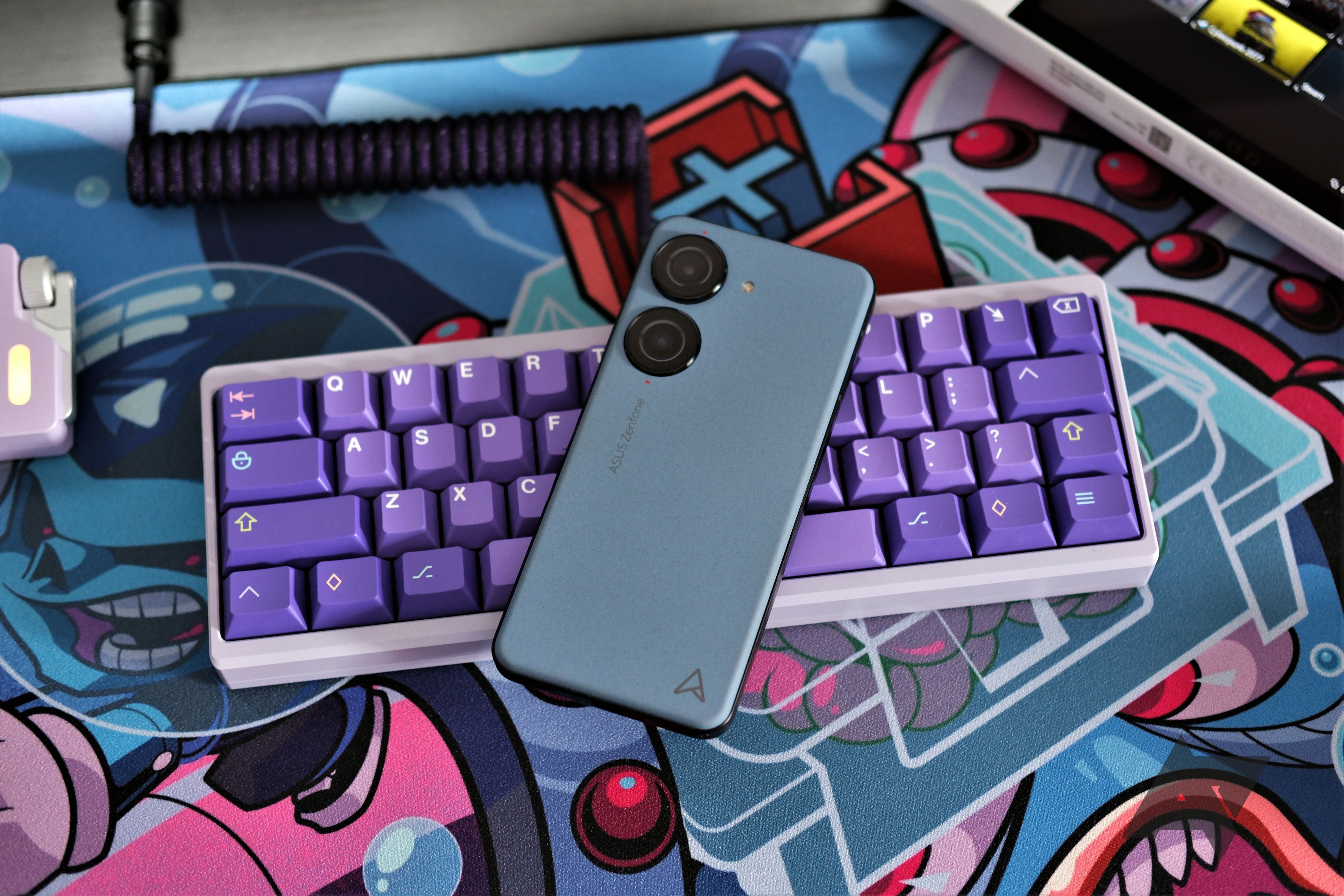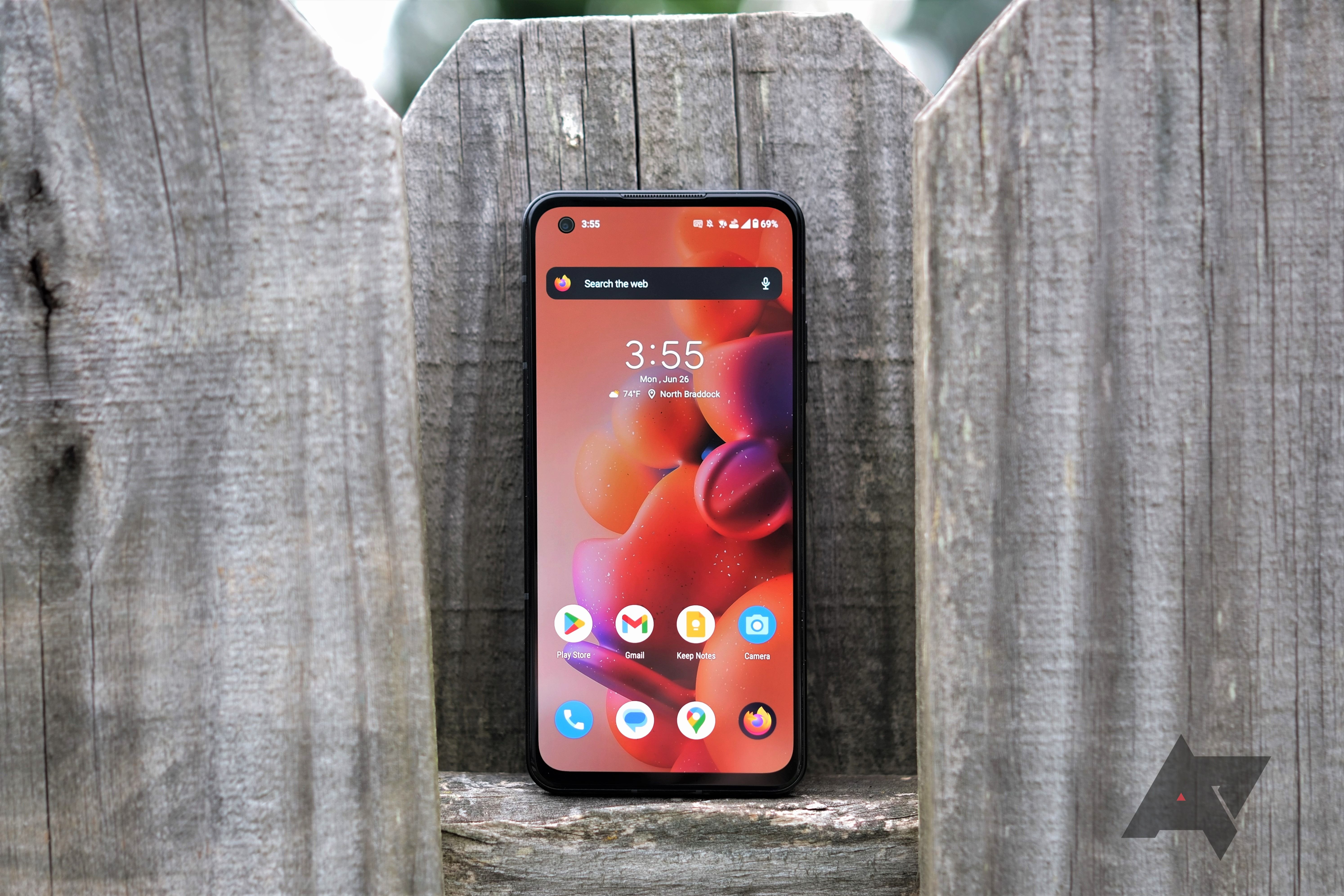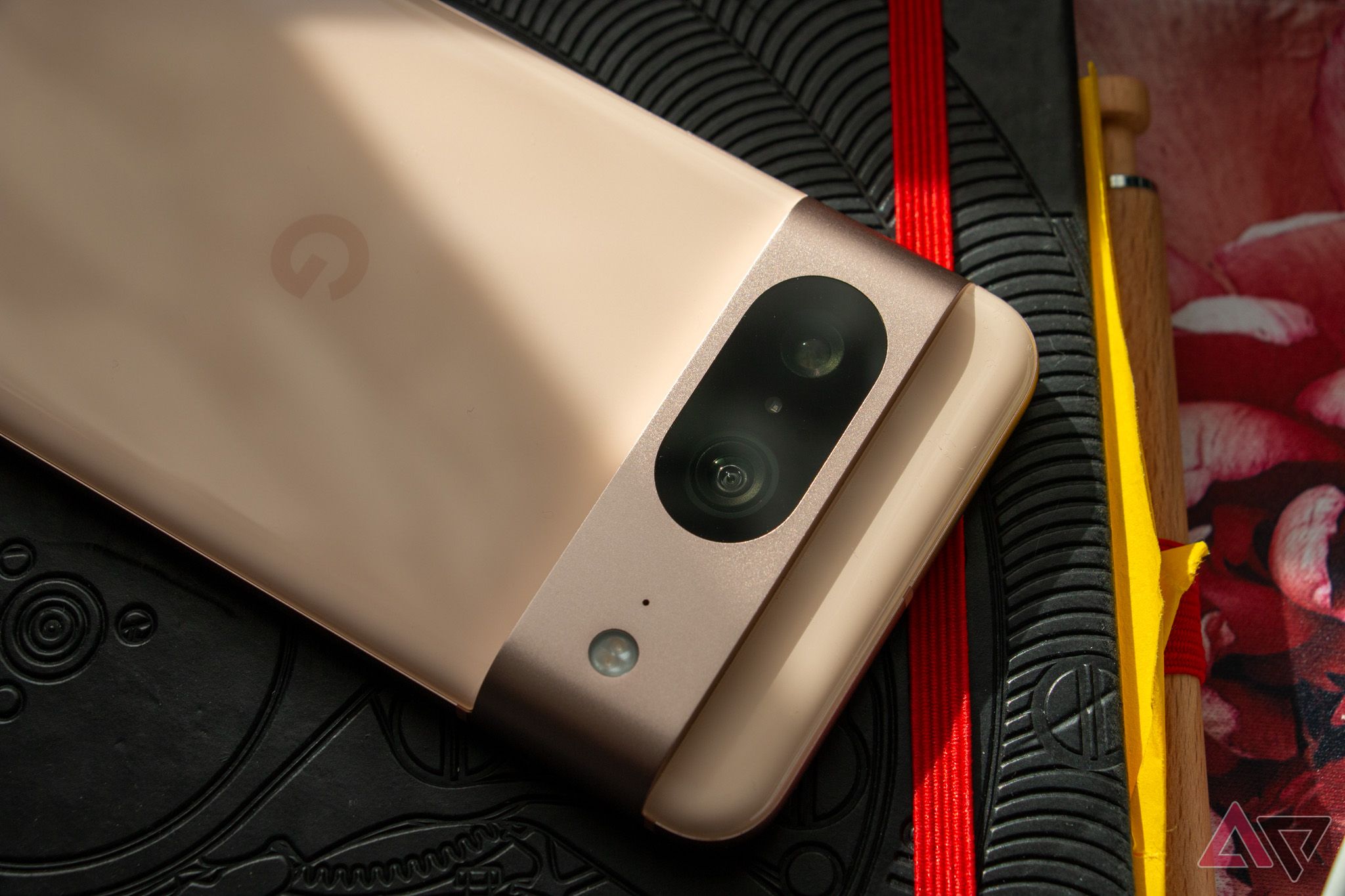-
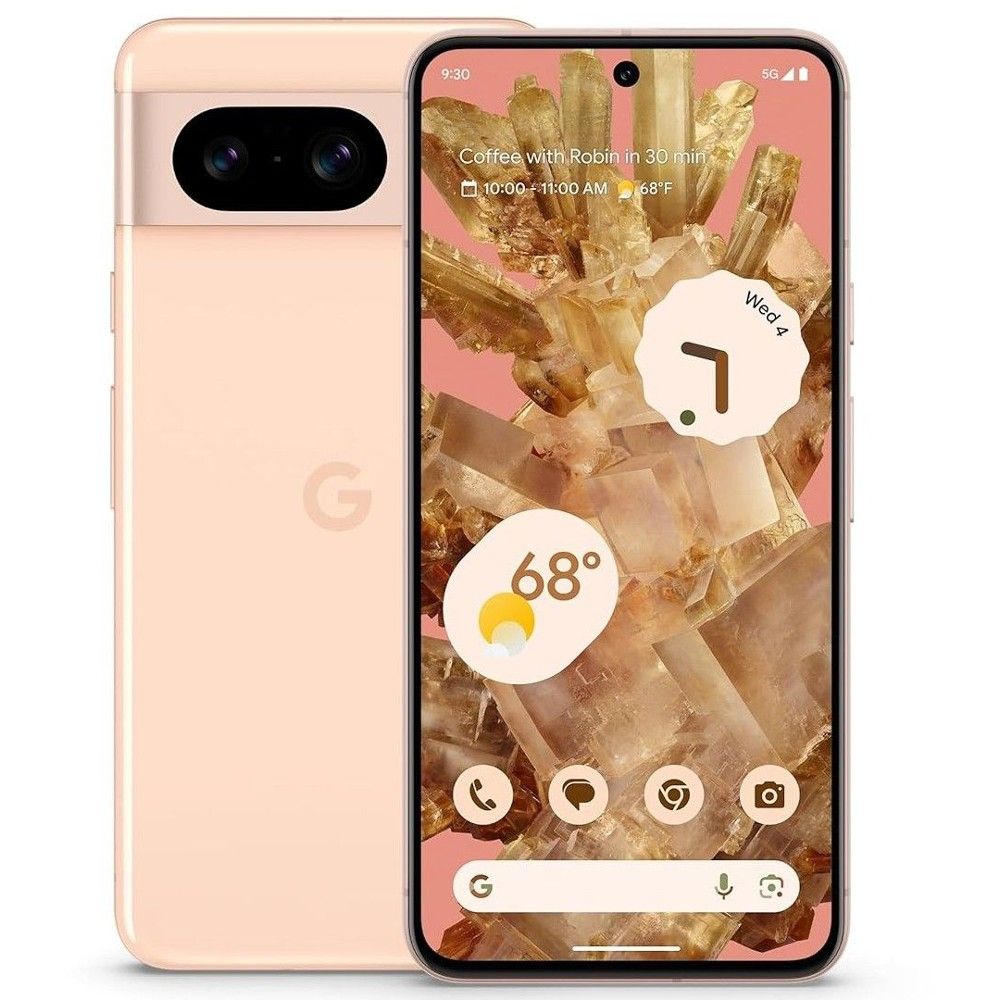
Google Pixel 8
The compact Google phone
$499 $699 Save $200
The Pixel 8 is Google’s smallest smartphone. It features the company’s Tensor G3 chip, AI-infused features, fantastic cameras, and a bright OLED screen.
Pros- Impressive cameras
- Android updates until 2030
- AI-powered features
Cons- Tensor G3 can get a little hot
-
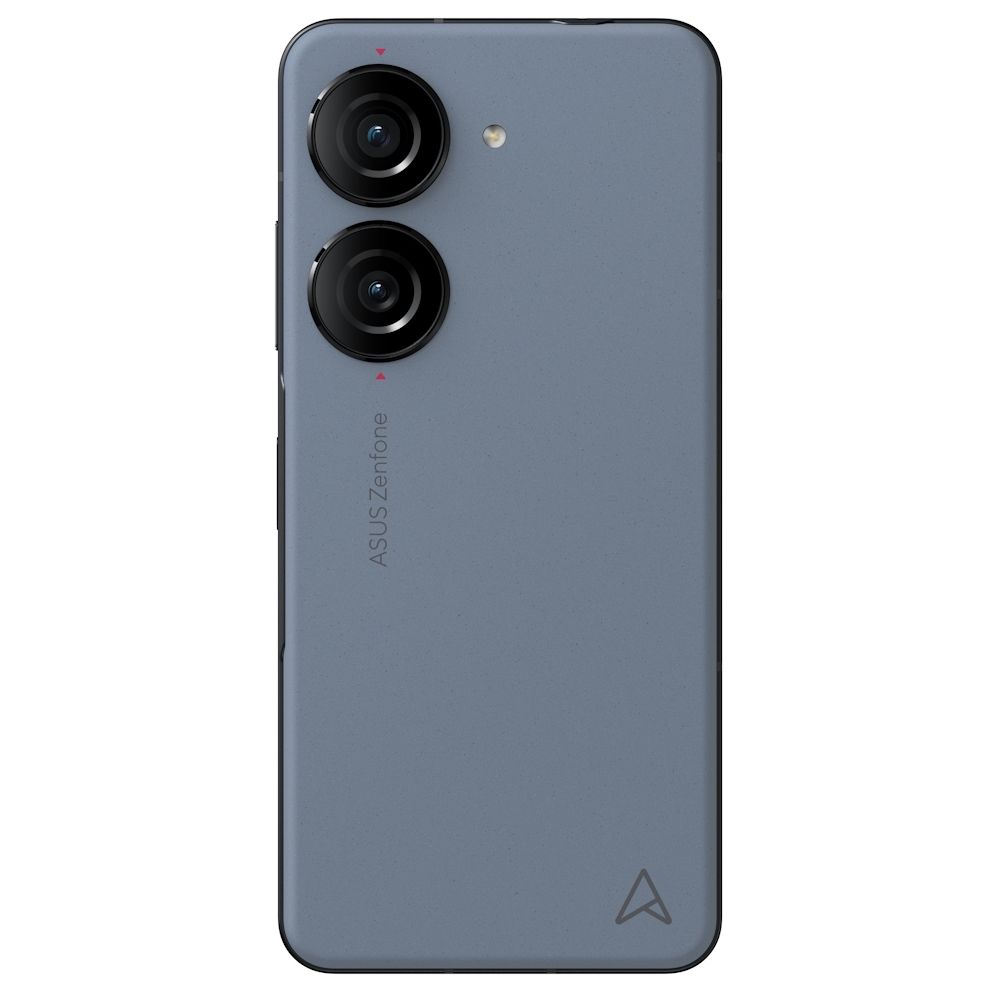
Asus Zenfone 10
Asus’s little wonder
$600 $700 Save $100
The Zenfone 10, Asus’s 2023 flagship, packs a Qualcomm Snapdragon Gen 2 chip, a vibrant OLED display with a 144Hz refresh rate, and a 3.5mm audio jack.
Pros- Compact design
- Powerful Snapdragon 8 Gen 2 chip
- 3.5mm audio jack
Cons- Will get only one more major Android update
- No Verizon support
The Google Pixel 8 and Asus Zenfone 10 are two of the best small phones today. Both feature beautiful OLED displays, powerful chips, Wi-Fi 7, IP68 dust and water resistance, and reasonably big batteries. There is plenty to like about these little devices, which is why they’re the subject of this article. But which of the two Android 14 phones is more suitable for you? We pit the Google Pixel 8 against the Asus Zenfone 10 to find out.
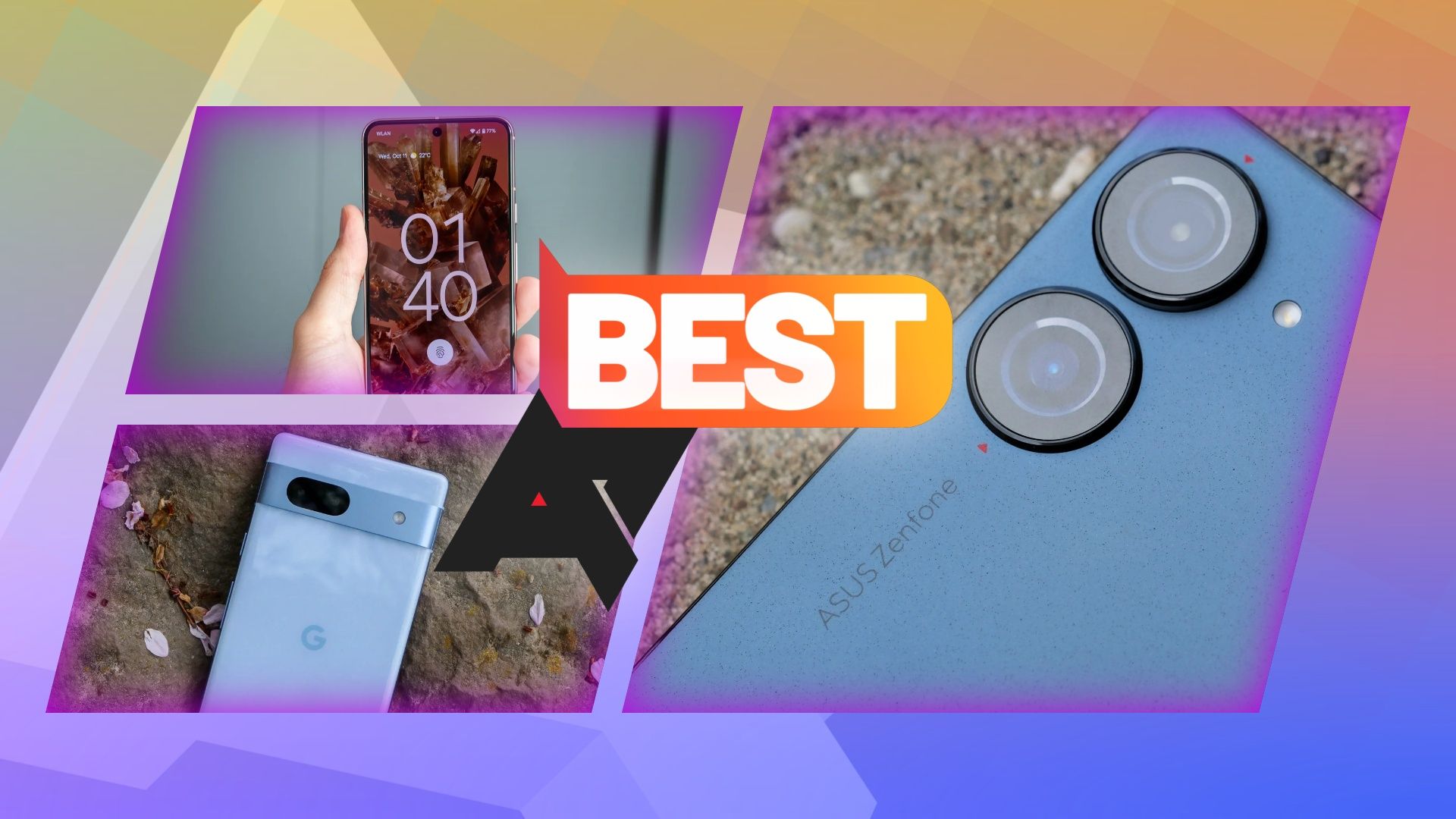
Best small phones in 2024
These small phones are bucking the trend in a world full of phablets
Price, availability, and specs
The Pixel 8 and Zenfone 10 start at the same price tag of $700 for their base 128GB models. However, the 256GB model of the Pixel has a slightly higher list price of $759, compared to the $750 price tag of the 256GB Zenfone 10. Notably, the Zenfone 10 is often discounted and can be found below the list price.
The two phones have been on the market for over a few months and are widely available through brick-and-mortar stores and e-retailers.
One key thing to note about the Zenfone 10 is that it only works with AT&T and T-Mobile, among the major carriers in the US. Unfortunately, there is no support for Verizon. If you use another carrier, you can check out the band support on the Asus website. The Pixel 8 works with all three major carriers.
Before we delve deeper, here’s a look at the raw specifications of the Pixel 8 and Zenfone 10.
-
Google Pixel 8 Asus Zenfone 10 SoC Google Tensor G3 Snapdragon 8 Gen 2 Display type OLED, 120Hz AMOLED, 144Hz Display dimensions 6.2-inch 5.92”, 20:9 Display resolution 1080 × 2400 2400 × 1080 RAM 8GB LPDDR5X 8GB, 16GB, LPDDR5X Storage 128GB, 256GB 128GB, 256GB, or 512GB Battery 4,575mAh 4300mAh Charge speed 27W wired, 18W wireless Wired 30W HyperCharge Wireless 15W Qi cert Charge options Wired, Wireless USB-C HyperCharge wired, Qi-certified wireless Ports USB-C USB-C 2.0, 3.5mm headphone jack SIM support Dual SIM (Nano SIM and eSIM) Dual Nano-SIM Operating System Android 14 Android 13, upgradeable to Android 14 Front camera 10.5MP, f/2.2 32MP f/2.5 Rear camera 50MP, f/1.7, OIS main; 13MP, f/2.2 ultrawide 50MP f/1.9 primary, 13MP f/2.2 120° ultrawide Wi-Fi connectivity Wi-Fi 7 (except certain markets) Wi-Fi 7 Bluetooth Bluetooth 5.3 Bluetooth 5.3 Dimensions 150.5 x 70.8 x 8.9mm 146.5 x 68.1 x 9.4 mm Weight 187g 172g IP Rating IP68 IP68 Colors Rose, Hazel, Obsidian Black Midnight Black, Starry Blue, Aurora Green, Commet White, Eclipse Red Stylus No No
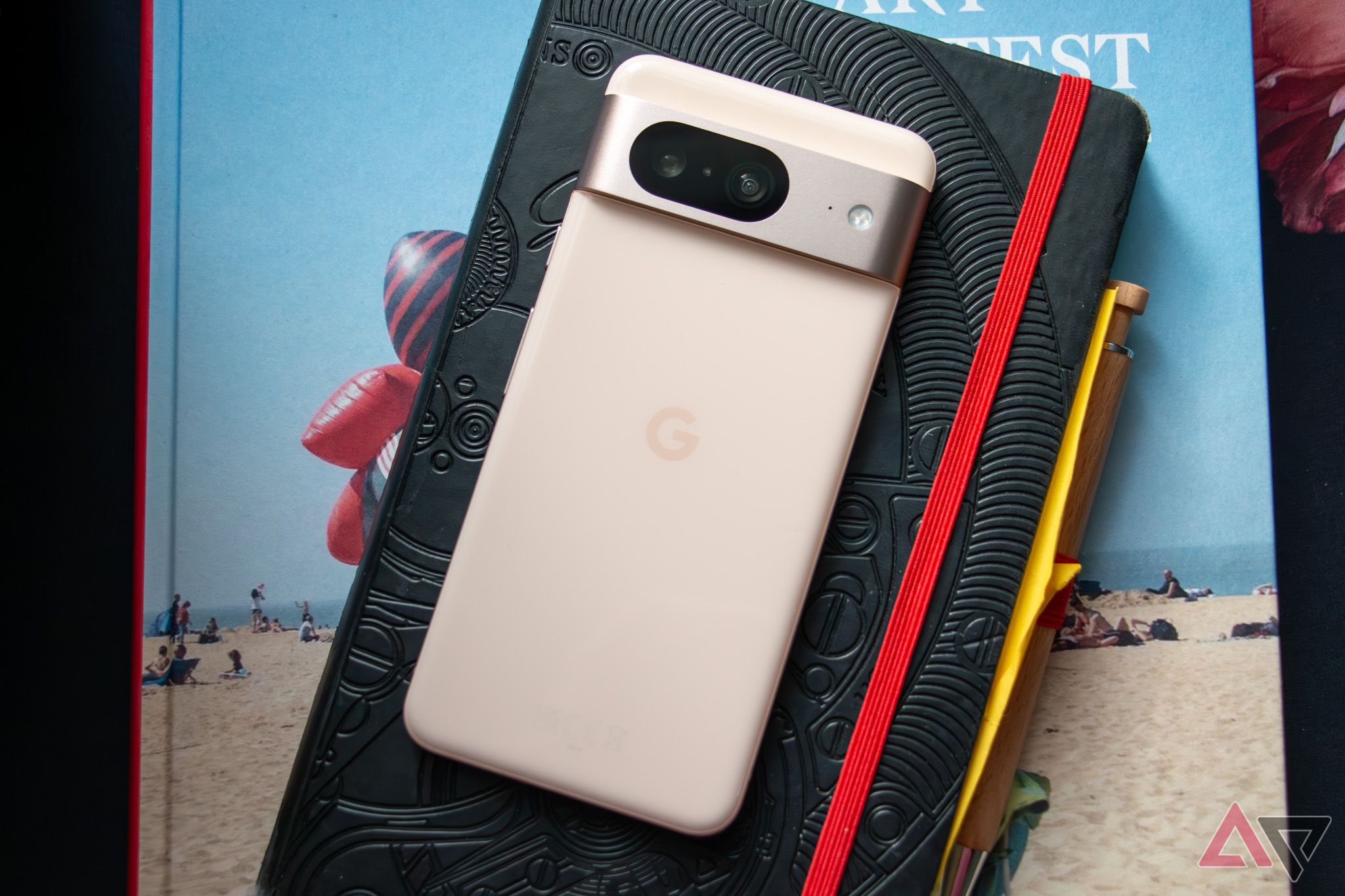
Google Pixel 8 review: The Pixel for the masses
The Pixel 8 doesn’t need every feature the 8 Pro offers, it’s packing more than enough
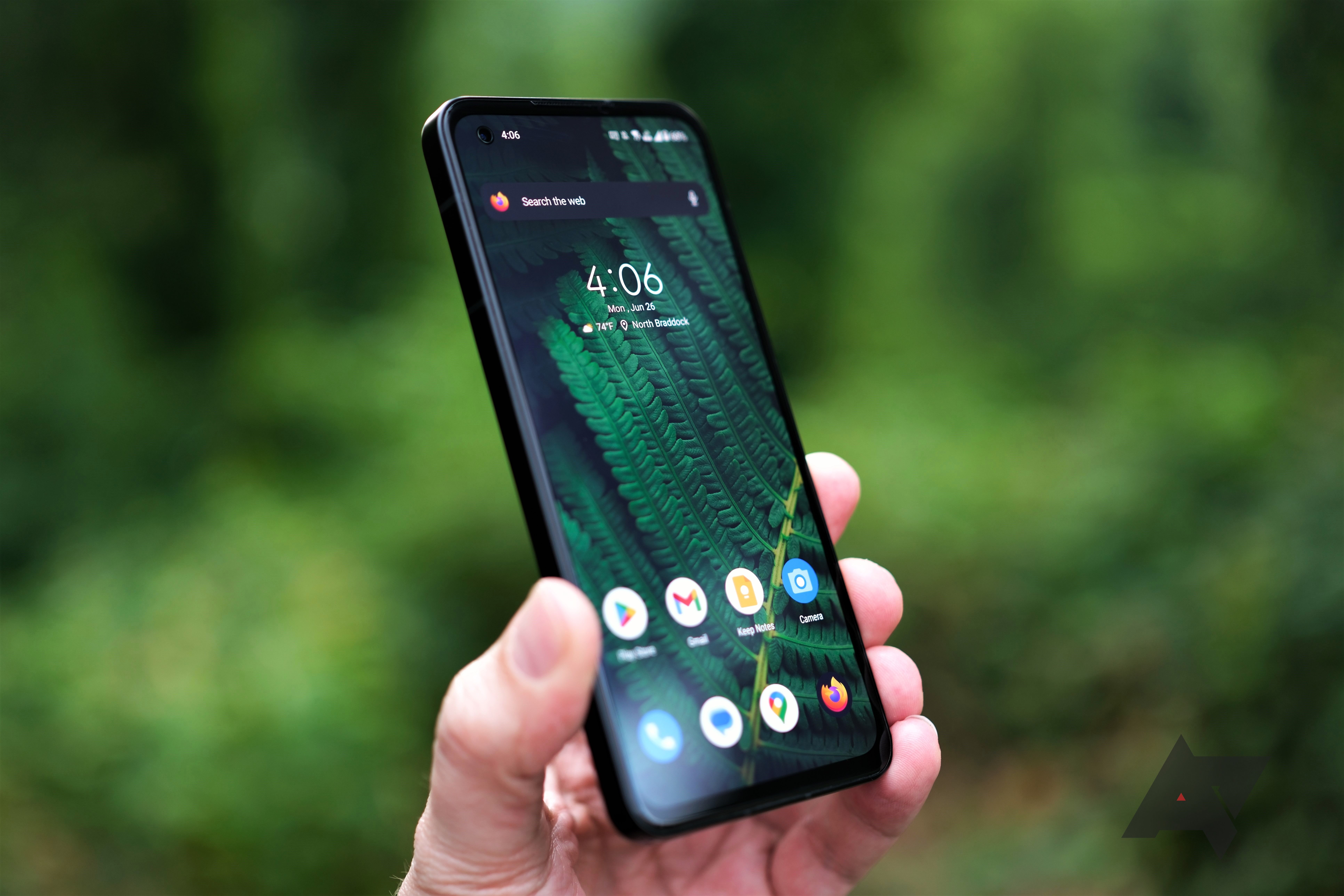
Asus Zenfone 10 review: The last of the (good) small phones
Good things still come in small packages
Design
Similarly small
The Pixel 8 and Zenfone 10 have quite striking designs, primarily because of their interesting rear camera setups. While the Pixel 8, which follows the same design language as its predecessors, has a large horizontal bar on the back with its two shooters, the Zenfone 10 has two chunky camera lenses extending independently of each other. Asus has also kept the same design as the Zenfone 9.
The Pixel has a glass back, which gives it a premium look. In contrast, the Zenfone has a plastic exterior with a soft-touch finish, which is likely to pick up stains easily. That said, the plastic back is unlikely to shatter when dropped, but the same can’t be said for the Pixel’s glass exterior. Otherwise, both phones have a similar aluminum frame with rounded corners.
The fronts of the two phones are broadly similar, with the display covering most of them. However, the Zenfone 10 has slightly thicker bezels, and its front camera is placed on the top left instead of the center in the Pixel 8.
The fingerprint sensor’s placement is another big difference. While Google has selected the increasingly common under-display fingerprint sensor, Asus has opted for a side-mounted fingerprint scanner.
Display
The Pixel’s brighter pixels
The display is the star of any smartphone, and Google and Asus have impressive screens on their phones. The Pixel 8 features a 6.2-inch OLED display with a 120Hz refresh rate and full-HD+ resolution, whereas the Zenfone has a 5.92-inch OLED panel with a 144Hz refresh rate and full-HD+ resolution. One thing to note here is that you will only enjoy the 144Hz refresh rate in select games on the Asus phone. Otherwise, you will get the same 120Hz refresh rate on both smartphones.
As a result, the screens are pretty great and produce rich, vibrant colors. However, the Pixel 8’s display has a slight advantage with its higher brightness. It can reach up to 2,000 nits of peak brightness, whereas the Zenfone 10 tops out at 1,100 nits.
Both Asus and Google have used Gorilla Glass Victus to add some protection for the display. But still, it’s a good idea to get an excellent screen protector for the Pixel 8 or the Zenfone 10 to keep the display scratch-free.
Software
Similar presents, very different futures
Software is one area where the Pixel 8 and Zenfone 10 differ more than other categories. While both phones use Android 14 as their underlying operating system, Google’s AI and machine learning-powered features help differentiate it in a crowded smartphone market. For example, it comes with an enhanced Face Unlock that’s secure enough to be used with banking apps or to authorize payments. There is also Magic Editor, Magic Audio Eraser, and Best Take.
Although the Zenfone 10 doesn’t have the Pixel 8’s exclusive features, its software experience isn’t shabby by any stretch. It allows you to choose between stock Android and an Asus-optimized version of Android. You also get features like Adaptive Battery and OptiFlex. So, there is a lot to like about the software on the Zenfone 10.
However, the Pixel 8 is also promised to receive software updates for seven years, significantly more than the promise of two years of software updates and four years of security updates for the Zenfone 10. This means that Pixel 8 will likely get up to Android 21 or whatever the 2030 version of Android is called. In contrast, the Zenfone 10, which was launched with Android 13 onboard, will only get up to Android 15.
Performance and battery life
The power of Zen
The presence of high-end chips in the Pixel 8 and Zenfone 10 means both deliver a responsive and snappy performance. You won’t encounter lag or slowdowns. An area where the Pixel struggles is the heat generated by its Tensor G3 processor. Although Tensor has improved over the last two generations, as we mentioned in our review, the Pixel 8 gets plenty warm when used over extended periods. The Zenfone 10, however, has no problem with heat.
Both phones have robust connectivity features, including Wi-Fi 7 support, Bluetooth 5.3, dual-frequency GPS, and NFC. However, Google has packed a faster USB 3.2 Type-C port than the USB 2.0 Type-C port on the Zenfone 10. If you frequently connect to a computer to transfer data, you will get faster data transfer speeds with the Pixel 8, granted you use a similarly faster USB port on your computer.
In terms of battery, the Pixel 8 features a 4,575mAh battery with 27W wired fast charging and 18W wireless charging support. The Zenfone 10 has a slightly smaller 4,300mAh battery with 30W wired fast charging and 15W wireless charging. Still, both phones easily last through the day on a single charge and will even give you some hours on the second day if you aren’t a heavy user. A minor detail in favor of the Zenfone is the inclusion of the charging brick in the box, something that’s increasingly become a rare sight.
The 3.5mm audio jack is another helpful little feature that Zenfone 10 provides that the Pixel and other modern high-end phones don’t offer. It’s nice to see Asus include that, so you won’t be limited to just the wireless headphones.
Cameras
A pixel-perfect winner
Camera skills have long been a highlight of Pixel smartphones, and the Pixel 8 doesn’t disappoint. It delivers fantastic results whether you shoot in good or poor lighting situations. Apart from the edge cases, the Pixel 8 will churn out excellent photos every single time from both the primary and wide-angle shooters. You also get the previously mentioned AI-enhanced tools that allow you to tweak your photos for the best version of your photos.
The Zenfone 10, which doesn’t include Google’s impressive computational photography chops, produces some excellent photos. Obviously, it can’t beat the Pixel 8 in the camera department; otherwise, the photos it takes are more than acceptable.
So, if you take a lot of photos and want the best possible cameras, the Pixel 8 is an easy choice between the two. But if cameras are not a priority, but you still want decent photos, the Zenfone 10 won’t disappoint you.
Which is right for you?
The Pixel 8 and the Zenfone 10 are excellent small smartphones. But, of course, each has some advantages over the other in specific departments. For example, the Pixel 8 promises to get Android version updates until 2030. It also has better cameras with several AI-powered features, a brighter screen, and Verizon support.

Google Pixel 8
Does everything well
For software support and cameras
$499 $699 Save $200
The Google Pixel 8 has a lot of benefits, from solid computational photography chops to industry-leading software support. It also houses a bright, vibrant OLED display.
In the other corner, the Zenfone 10 has a powerful chip that doesn’t get hot, a 3.5mm audio jack, and a bundled power brick. It’s also a bit more compact than the Pixel 8. Plus, its other features are great, too. You get a vibrant display, a good battery life, and decent cameras. You may be able to get the Zenfone 10 cheaper than the Pixel 8, as it’s often discounted by up to $100.

Asus Zenfone 10
Unique extras
For even compact design and audio jack
$600 $700 Save $100
The Asus Zenfone 10 is an impressive compact smartphone that delivers solid overall performance. It’s also a rare high-end phone that includes an audio jack.
Source link
